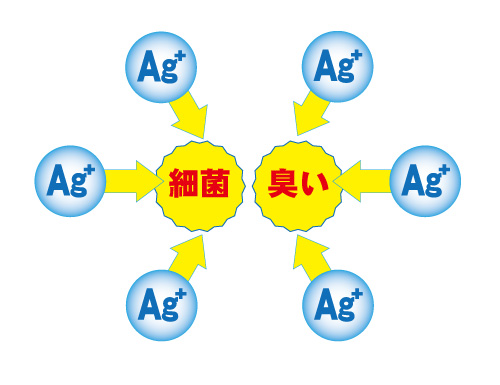Ag+ Antibacterial Cut Sheet Menu(Tap to display menu)
Medical Devices and Hygiene Products
Antibacterial principle of silver ions
銀イオンは微生Silver ions have bactericidal and antibacterial properties against lower organisms such as microorganisms. In the narrow sense, microorganisms refer to bacteria, fungi, and viruses, but in the broad sense, they also include protozoa and algae.
Silver ions that are produced by dissociating from oxygen are in an unstable state (positively charged Ag+), so they attempt to bind with the oxygen of microbial bacteria (negatively charged) and are taken into the cells of microorganisms (viruses, bacteria, fungi, algae, etc.) to exert their antibacterial properties. The taken-up silver ions bind to proteins, inhibit their function, and prevent cell division, etc. It is thought that the dysfunction of proteins generates reactive oxygen species, which causes the microbial cells to die.
Depending on the state of the microorganisms and the concentration of silver ions (antibacterial effects are observed even in extremely small amounts of 0.01 ppm - 0.00001 g in 1 liter), it can have either a bacteriostatic or a bactericidal effect.
For these reasons, silver ions can be expected to have bactericidal and antibacterial effects against a wide range of viruses and bacteria even in extremely small amounts, making them suitable for the development of safe antibacterial agents that do not pollute the environment.
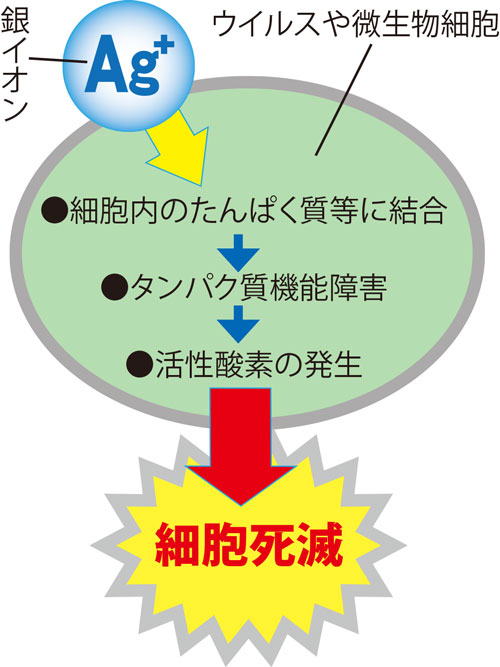
Viruses and bacteria for which silver ions have been confirmed to have antibacterial and disinfecting effects
Microorganisms such as coronavirus※
, influenza virus, O-157, Escherichia coli, Staphylococcus aureus, MRSA, Pseudomonas aeruginosa, Klebsiella pneumoniae, Legionella, Vibrio, fungi (Candida, Aspergillus, Athlete's foot fungus, etc.), and algae
※Common coronaviruses
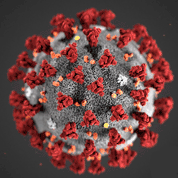
coronavirus
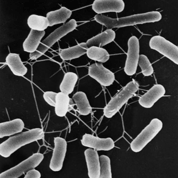
O-157
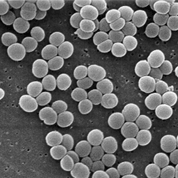
Staphylococcus aureus
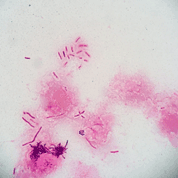
Klebsiella pneumoniae
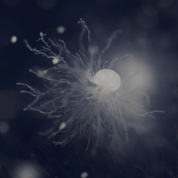
Mold fungi
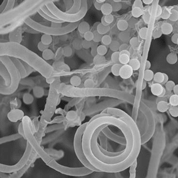
Athlete's foot fungus
The effect of silver ions on pollen and house dust (allergens)
Organic matter such as pollen, PM2.5, and house dust (allergens) are ions that are both positively and negatively charged.
Positively charged allergens are repelled, while negatively charged allergens bind with the silver ions, suppressing their activity.

Silver ion deodorizing effect
Silver ions (Ag+) prevent the growth of germs, thereby suppressing the putrid odor caused by germs.
Furthermore, by adsorbing negatively charged odorous molecules, it also suppresses body odor caused by odorous molecules from sweat glands and sebaceous glands and the proliferation of bacteria through oxidative decomposition.
